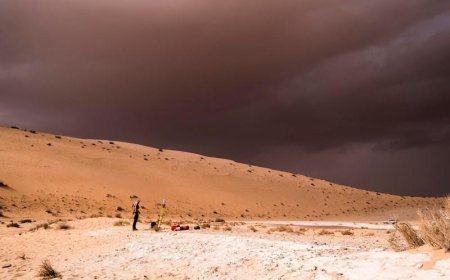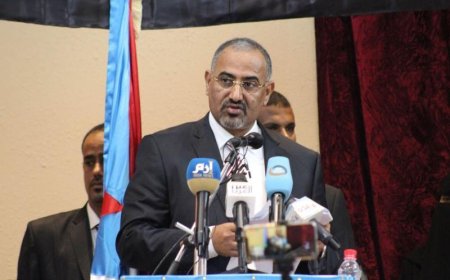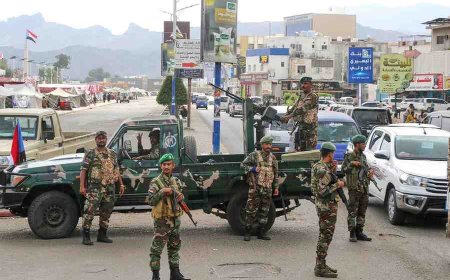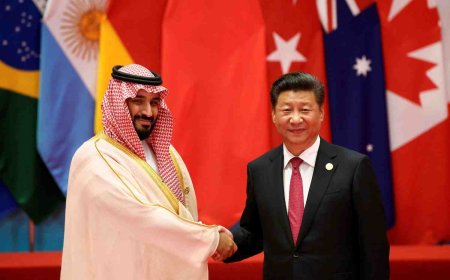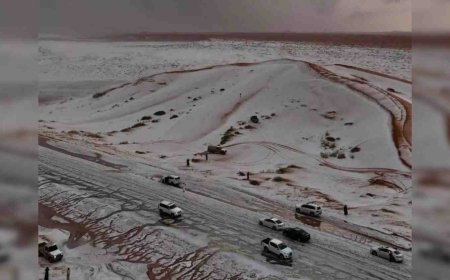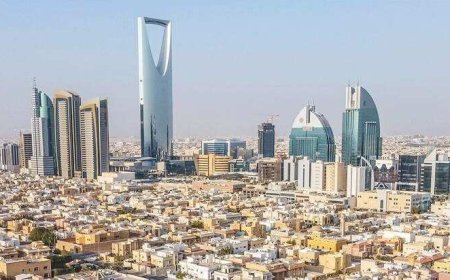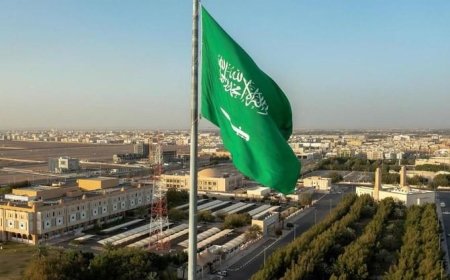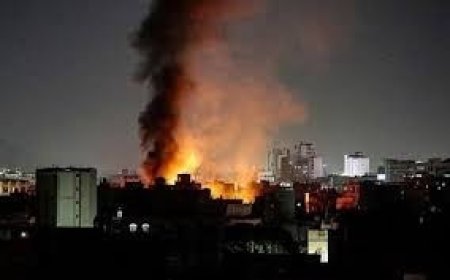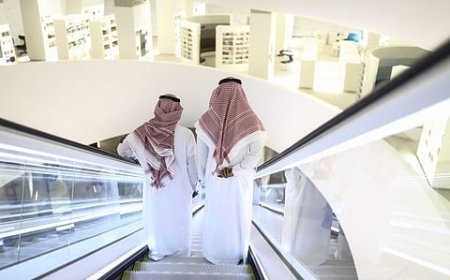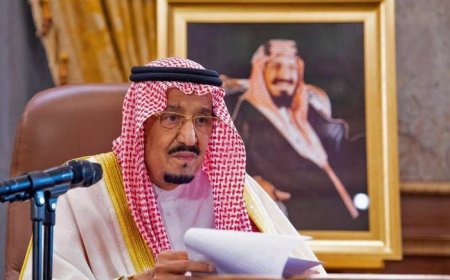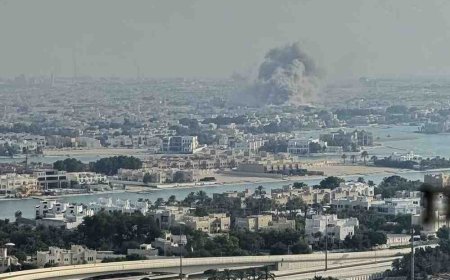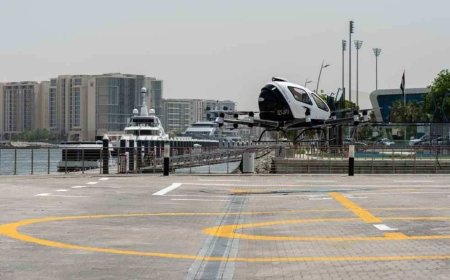High-Stakes Peace Gamble: Trump’s Bold Gaza Proposal Faces Powerful Regional Test
President Trump is set to propose a detailed Gaza peace plan involving a ceasefire, hostage release, and post-war governance without Hamas.
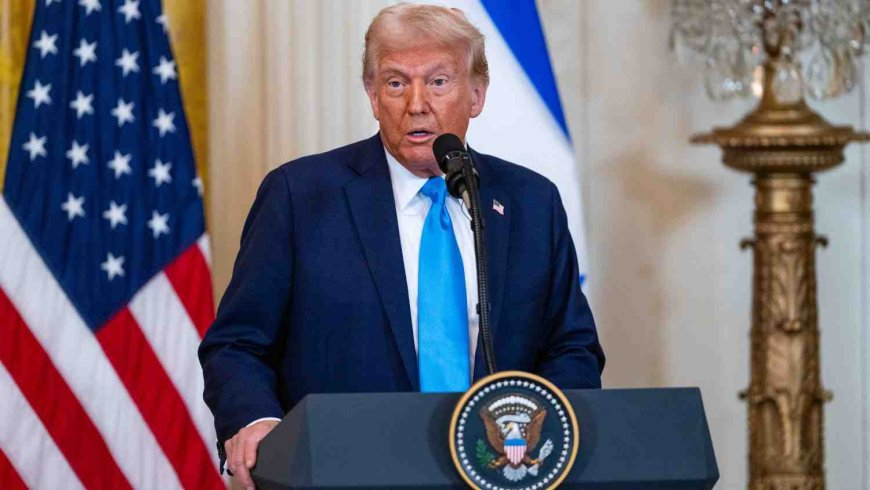
Trump to Unveil Gaza Peace Plan: Ceasefire, Post-War Governance on the Table
In a significant diplomatic move, U.S. President Donald Trump is preparing to present a comprehensive proposal aimed at ending the war in Gaza and establishing a framework for its future governance. The plan will be unveiled during a high-stakes meeting with leaders from key Arab and Muslim-majority nations, amid intense global pressure to find a sustainable path to peace and address the devastating humanitarian crisis.
The Summit: Key Players and Objectives
The meeting will bring together representatives from pivotal regional powers, including Saudi Arabia, the United Arab Emirates (UAE), Qatar, Egypt, Jordan, Turkey, Indonesia, and Pakistan. The involvement of these states is critical, as each has a significant stake in the outcome and potential role in Gaza's stabilization.
President Trump's framework is expected to outline principles for both an immediate cessation of hostilities and a long-term political solution. The core components of the plan are reported to include:
-
A Ceasefire and Hostage Release: Securing an immediate ceasefire contingent on the release of all hostages held in Gaza.
-
Israeli Withdrawal: Facilitating a full withdrawal of Israeli forces from Gaza following the end of major combat operations.
-
Post-Hamas Governance: Establishing a new governance structure for Gaza that explicitly excludes the militant group Hamas from any role.
A central pillar of the U.S. strategy is to secure concrete commitments from attending nations. This goes beyond political support, seeking financial contributions for the massive task of rebuilding Gaza and potentially even troop deployments to help maintain security during a transitional period.
Significance of the Proposed Peace Framework
This proposal is viewed as the Trump administration's most detailed and ambitious effort to address the Gaza conflict. It attempts to move beyond short-term truce negotiations by tackling the complex, long-standing questions that have hindered past peace efforts:
-
Who will govern Gaza? The plan explicitly aims to create a governance model without Hamas.
-
What is the regional role? By involving Arab and Muslim nations directly, the U.S. seeks to create a coalition with the political and financial muscle to enforce and legitimize the plan.
-
How is stability achieved? The proposal links security with reconstruction, suggesting that regional troops and funds are essential for a successful transition.
The goal is that strong regional buy-in could pressure both Israel and Hamas toward a settlement and create a more stable post-war reality.
Major Challenges and Potential Obstacles
Despite its scope, the plan faces significant hurdles that could impede its acceptance and implementation:
-
Exclusion of Hamas: As the current governing power in Gaza, Hamas's forced exclusion from future arrangements is a primary point of contention. The group is likely to resist any plan that eliminates its authority, potentially leading to continued instability.
-
Israeli Government Concerns: The terms of an Israeli withdrawal—including its timing, scope, and the security guarantees required—are highly sensitive and may not align with the current Israeli government's stance. There is no public confirmation of Israel's full agreement with the proposal's details.
-
The Humanitarian Crisis: While diplomatic talks proceed, the immediate humanitarian situation in Gaza remains catastrophic. Any viable plan must have a swift and effective mechanism to address the urgent needs for food, medical care, and shelter for civilians.
-
Rejection of Displacement: Past suggestions from the Trump administration about relocating Palestinians outside of Gaza have been met with fierce rejection from Arab leaders. They have consistently argued that such proposals undermine Palestinian rights and risk regional destabilization. The current plan will need to clearly avoid any hint of this to gain regional support.
What to Watch For Next
The international community will be closely monitoring several key developments in the coming days:
-
The Official Unveiling: Whether the plan is presented during the UN General Assembly or in separate diplomatic channels.
-
Regional Reaction: The response from Arab and Muslim leaders will be the most critical indicator of the plan's viability. Will they endorse it, propose amendments, or reject it outright?
-
Israeli and Palestinian Response: Official statements from the Israeli government and Palestinian representatives will reveal the level of domestic acceptance or resistance.
-
Commitments to Action: The most telling sign of success will be whether Arab states commit specific financial aid and security forces to the proposal.
Conclusion: A Pivotal Moment for Peace
The war in Gaza has resulted in immense human suffering and destruction, creating an urgent need for a credible roadmap to peace. President Trump's proposal represents a potential turning point, but its success hinges on its ability to reconcile deeply conflicting interests, secure genuine regional partnership, and provide immediate relief to Gaza's civilian population. The world is now watching to see if this diplomatic effort can become a meaningful new direction or if it will falter against the complex realities of the conflict.
What's Your Reaction?








